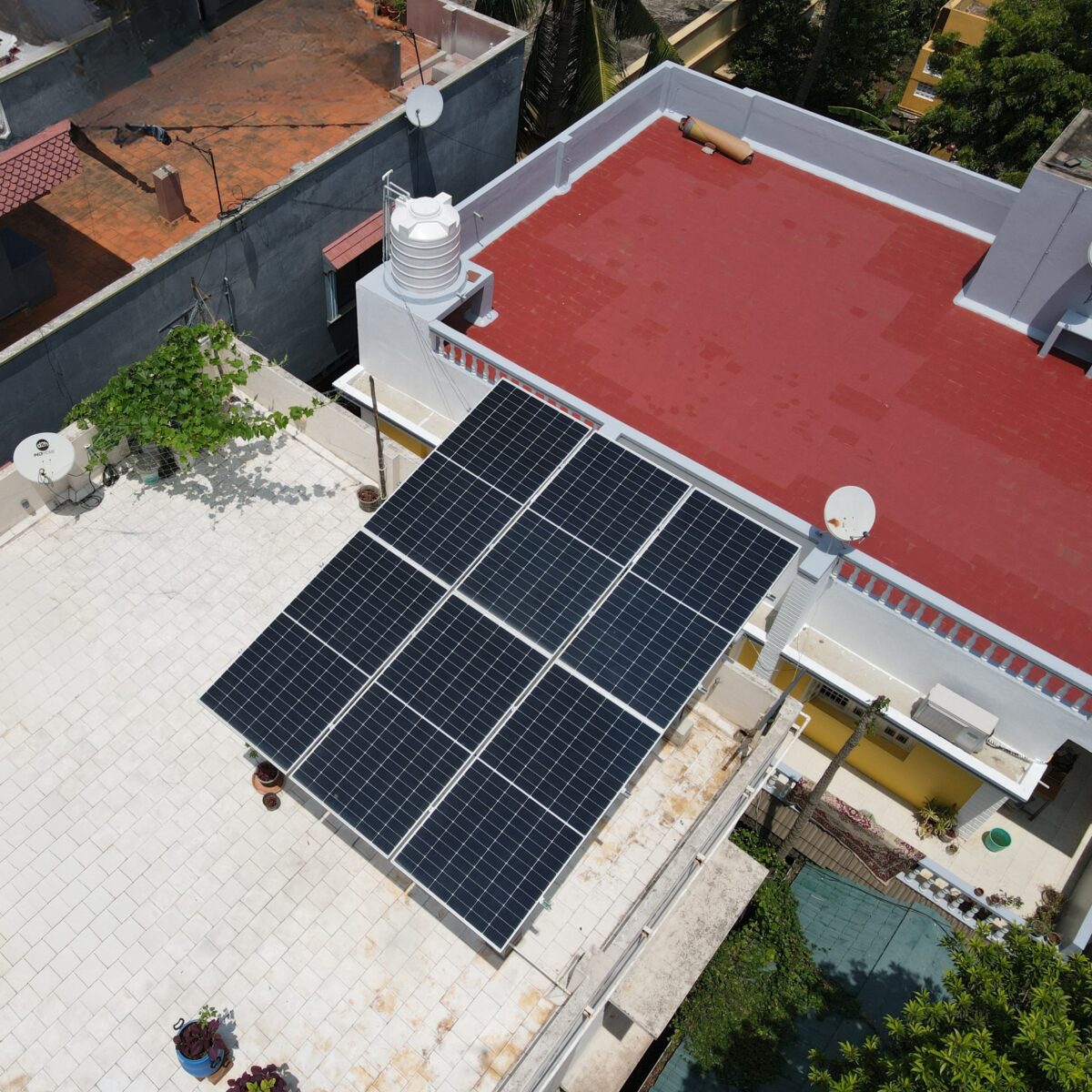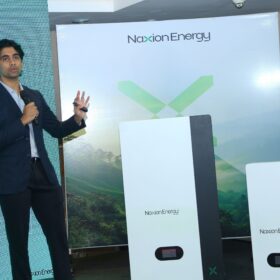In 2025, rooftop solar has moved from a “nice-to-have” to a practical way to control costs and keep the lights on. Falling panel prices, strong central incentives, and simpler installation pathways make this the most favorable moment yet for Indian homes to go solar.
Two things have shifted decisively in the past 12–18 months. First, hardware is far cheaper. The last year saw global solar module prices hitting extreme low points all due to the surge in manufacturing capacity. It is envisioned to target and limit this issue, keeping system prices competitive for households.
Second, grid power keeps getting costlier. States periodically revise tariffs to cover fuel and system costs—Haryana, for example, increased domestic rates by INR 0.20–INR 0.30/kWh in April 2025, and Tamil Nadu applied a 3.16% hike aligned with CPI in July, as highlighted by various reports. Even when state governments buffer the impact for some consumers, the underlying direction is clear: grid energy is not getting cheaper.
When you combine lower solar hardware costs with rising grid tariffs, payback periods tighten—especially for homes that consume 200–400 units a month and can run major daytime loads (fridge, fans, air-cooling, work-from-home equipment) on solar power.
Incentives make 2025 a sweet spot
The Government of India’s PM Surya Ghar: Muft Bijli Yojana subsidises residential rooftop systems and aims to equip one crore households with up to 300 units of free electricity per month from their own roofs. The scheme carries an outlay of INR 75,021 crore and provides standardised direct subsidies—INR 30,000 for 1 kW, INR 60,000 for 2 kW, and INR 78,000 for 3 kW and above—credited straight to eligible consumers. Households can also access loans, and many still save around INR 15,000 a year after EMI.
The market is responding. As per a recent analytical report, India added ~3.2 GW of rooftop solar in H1 2025, up 76% year-on-year, and policymakers expect total residential installations to double to about 4 million by March 2026 as utility-led aggregation and standard designs scale. Momentum matters because it brings shorter wait times, better vendor choice, and clearer benchmarks for price and quality.
Solar is now mainstream, not a luxury
As stated by the Ministry of New and Renewable Energy, India’s rooftop base has grown rapidly: as of 31 July 2025, the country had ~19.9 GW of grid-connected rooftop capacity, part of ~119 GW total solar. This is no longer an early-adopter bet; it’s a proven technology with large-scale deployment, better standards, and clear service ecosystems.
At the same time, panel prices have softened globally, and competitive auctions are setting new benchmarks for solar-plus-storage. Cheaper modules and improving storage economics translate into more affordable, “future-proofed” residential systems over the coming years.
What a typical home gains
Lower, steadier bills. With a 2–3 kW system sized to daytime loads, many households can shave a large share of monthly consumption, using the Surya Ghar subsidy to reduce upfront costs. Where net metering/export credits are available, excess daytime generation offsets evening use, further lowering bills.
Resilience on hot, high-demand days. Running fans, lights, appliances, and even efficient air-cooling from your roof reduces dependence on the grid exactly when it’s under the most stress. If you add a modest battery later, you can keep a few essentials running during outages.
Long asset life with low maintenance. Modern rooftop systems have 25-year panel warranties and 10–12-year inverter warranties. Cleaning and basic checks cover most upkeep; service contracts handle the rest. (Falling hardware prices also mean future replacements are likely cheaper than today.)
A smaller footprint that aligns with national goals. Rooftop solar directly supports India’s renewables push and longer-term net-zero pathway by shifting daytime demand from fossil-fired power to clean, onsite generation. As adoption scales, the cumulative emissions impact is significant.
The bigger picture: independence and lifestyle
A solar home is about more than saving money. It gives you control—over how you power your day, what you pay for it, and how much of your footprint is under your roof. For many families, that control feels like a step toward energy independence. At a national level, every rooftop that generates power in the afternoon helps ease peak stress, reduce fuel imports, and move India closer to its renewable-energy milestones.
2025 is the window
Put simply, prices are favorable, incentives are clear, and adoption is scaling. If you’ve been on the fence, this is the year to evaluate a system sized to your home, apply through the official programme, and lock in lower bills for the next two decades—while doing your part for a cleaner grid.
The views and opinions expressed in this article are the author’s own, and do not necessarily reflect those held by pv magazine.
This content is protected by copyright and may not be reused. If you want to cooperate with us and would like to reuse some of our content, please contact: editors@pv-magazine.com.








By submitting this form you agree to pv magazine using your data for the purposes of publishing your comment.
Your personal data will only be disclosed or otherwise transmitted to third parties for the purposes of spam filtering or if this is necessary for technical maintenance of the website. Any other transfer to third parties will not take place unless this is justified on the basis of applicable data protection regulations or if pv magazine is legally obliged to do so.
You may revoke this consent at any time with effect for the future, in which case your personal data will be deleted immediately. Otherwise, your data will be deleted if pv magazine has processed your request or the purpose of data storage is fulfilled.
Further information on data privacy can be found in our Data Protection Policy.